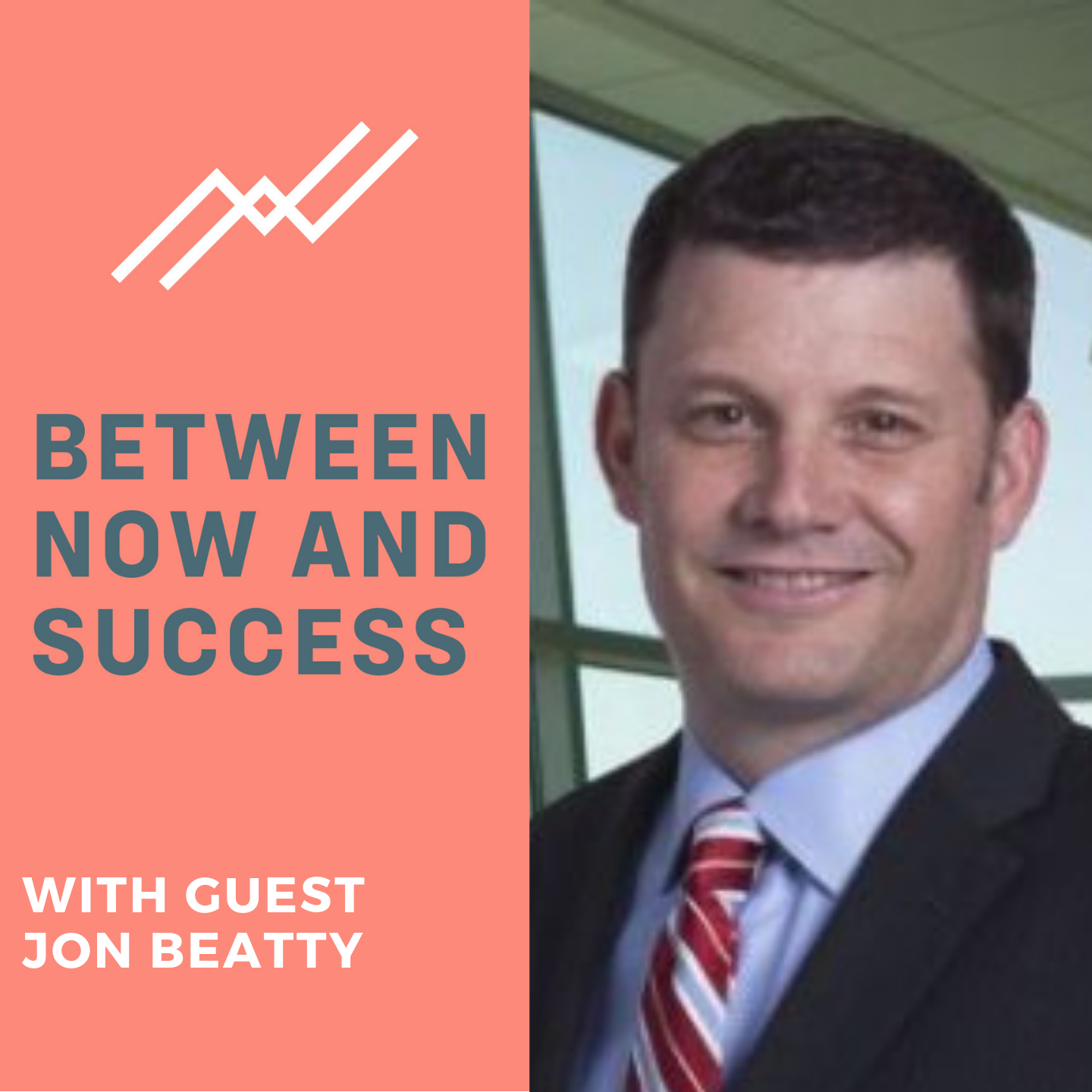The latest RIA Benchmarking Study from Charles Schwab contains surprising insights and contradicts some common industry beliefs.
I always look forward to Schwab’s annual Benchmarking Study because it’s full of data that I enjoy digging into to uncover the health of our industry. This year’s report is no exception as it contains some nuggets that may surprise you.
On today’s show, Jon Beatty, Charles Schwab’s Senior Vice President of Advisory Services, joins me to sort through the results of the latest Benchmarking Study. Jon brings 18 years of experience working with fee-based advisors to this discussion on “what success looks like across firm size as well as different life stages of an advisory firm.”
To continue reading the rest of this post, please register below with your email address.
Key thoughts from Jon Beatty on the 2017 RIA Benchmarking Study:
1. Small, independent … and growing!
Independent advisors who are using modern marketing and content strategies to expand their client base continue to be a big growth segment in the advisory space. 40% of RIA growth in AUM is coming from new client acquisition (the balance from market movement), and the firms that are growing the fastest are acquiring new clients two and a half times faster than the median firm, according to the Schwab Benchmarking study.
In fact, the benchmarking study also broke down the companies into peer groups based on AUM. Surprisingly, the smallest peer group, those at 100 to 250 million dollars in AUM, grew at a 10.8% CAGR the last five years, which was the highest of the six peer groups. Most people argue that the bigger firms have the scale and marketing muscle to grow at faster rates, but the data does not support that. Small firms can and do out-market the bigger firms.
2. Top firms know their customers, and themselves.

Jon Beatty: Automating the low value activities to repurpose human capital to high value complex issues within client lifestyle is where I hear bang for the buck.
When looking at the habits that set these high-performing firms apart, Jon notes that a “well-articulated value proposition” is one of the key drivers. This clear sense of purpose from the top down allows these firms to focus on high-value priorities and really target their message to prospective clients in their communities. “We see in the study that fast-growing firms have a conscious effort, a purposeful effort around reputation marketing within their community, sending employees out to work in the community,” Jon says, “whether that’s participating on charitable boards at the country club, or within other business aspects of the community.”
However, just marketing yourself as “different” isn’t enough — your clients and prospects have to see a real value in that difference. “Having services that create distinct differentiation that then are well-articulated I think is the full circle here in terms of having all aspects of the strategy in place,” says Jon.
Many advisors like the “spray and pray” approach to marketing. They have a generic message and hope if they cast a wide-enough net, they’ll get some new clients. Bad strategy. Instead, the top advisors focus their market and their message. By zeroing-in on a specific market with a compelling message and strong execution, the people who hear your message will raise their hand and say, “that’s me!”
3. Have a mission that attracts young talent.
If your firm’s main KPI’s are focused on revenue and profits, say goodbye to attracting the top millennials.
The millennial generation wants to feel like they’re working at a company with a purpose bigger than profit. It’s important that your firm has that life-centered approach baked into its mission statement, especially if you want to keep your talent pool fresh.
Yes, firm growth is important. “We believe that talent goes hand in hand with the importance of a growth-minded culture and successful execution of that growth strategy,” says Jon. “As our industry grows and talent becomes more and more critical for the success of the firm, those that are growing have a leg up in terms of attracting and retaining talent, which then becomes virtuous to the growth cycle, as the teams with the best talent tend to be those that have the most success. ” If your firm’s mission is inspiring, as past podcast guest Michael Nathanson discussed, then it will inspire new, young advisors to join you, and in turn, do inspiring work for your clients, which will lead to growth. Rinse, repeat.
4. Increased efficiency leads to increased value.
The smaller firms that are driving industry growth right now aren’t using apps and robo technology to offer superficial services to as many clients as they can. Instead, Jon notes, “advisory firms are looking to find scale, operating efficiency, not only for the purposes of improving margin but I hear more so for the purposes of redistributing resources to more value-added types of services.”
Jon thinks this could be why, according to the benchmarking study, the long-dreaded erosion of RIA fees hasn’t really happened yet. He notes, “We do hear from advisory firms that the opportunity to expand services to create that distinction in the marketplace and maintain an outsize differentiation is where they are putting their energy and their resources within the business.”
Growing firms are redeploying resources that used to be spent on the kind of reporting robos now provide automatically, and often for free. Instead, the productive firms are automating the low-level tasks and providing their clients with life-management services that expand beyond traditional financial planning. For example, some RIAs now have college counselors in-house, or retirement specialists who can help new retirees downsize their expenses. “High-value complex issues within client lifestyle is where I hear bang for the buck in terms of creating differentiation and maintaining competitive advantage in the marketplace,” says Jon.
5. The WOW factor.
Consumers have more choices today than they’ve ever had, and the RIA marketplace is no different. Even if you bring new clients through the door, they aren’t going to stick around if they don’t feel they’re getting enough value for the fee they’re paying you. Young millennial investors in particular are proving to be very quick to jump ship if they think a competing product — or advisor — is offering better services.
However, advisors who try to woo new clients with shiny tech are just putting themselves in a position to be replaced by that tech in the long run. “I think that it’s the expansion of services that really create the wow for the investor client,” says Jon. Modern tech that provides your clients with the information they need should be a part of your larger platform, but Jon thinks advisors need to ask themselves, “What’s my mix of automation, modern experiences, with my human capital, high touch capabilities?”
Finding the right mixture of those elements is an important challenge facing financial advisors right now. The ones that hit on the right formula are going to keep “wowing” their clients, but more than that, those advisors are going to make people’s lives better, and continue growing their businesses.
Resources
– The 2017 Schwab Benchmarking Study.
– Vestorly Register for a free demo of their data-driven content software system.
– Values Clarification Toolkit Click here to download this FREE tool and start living your values.





